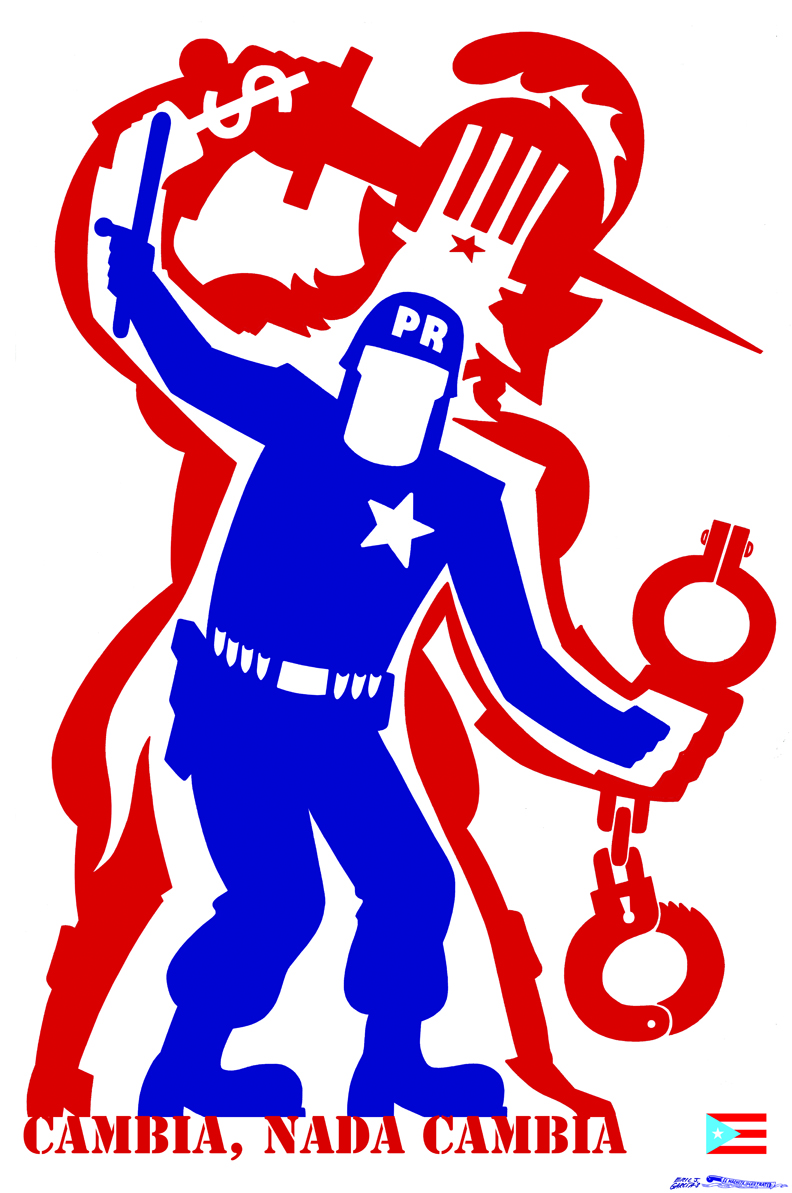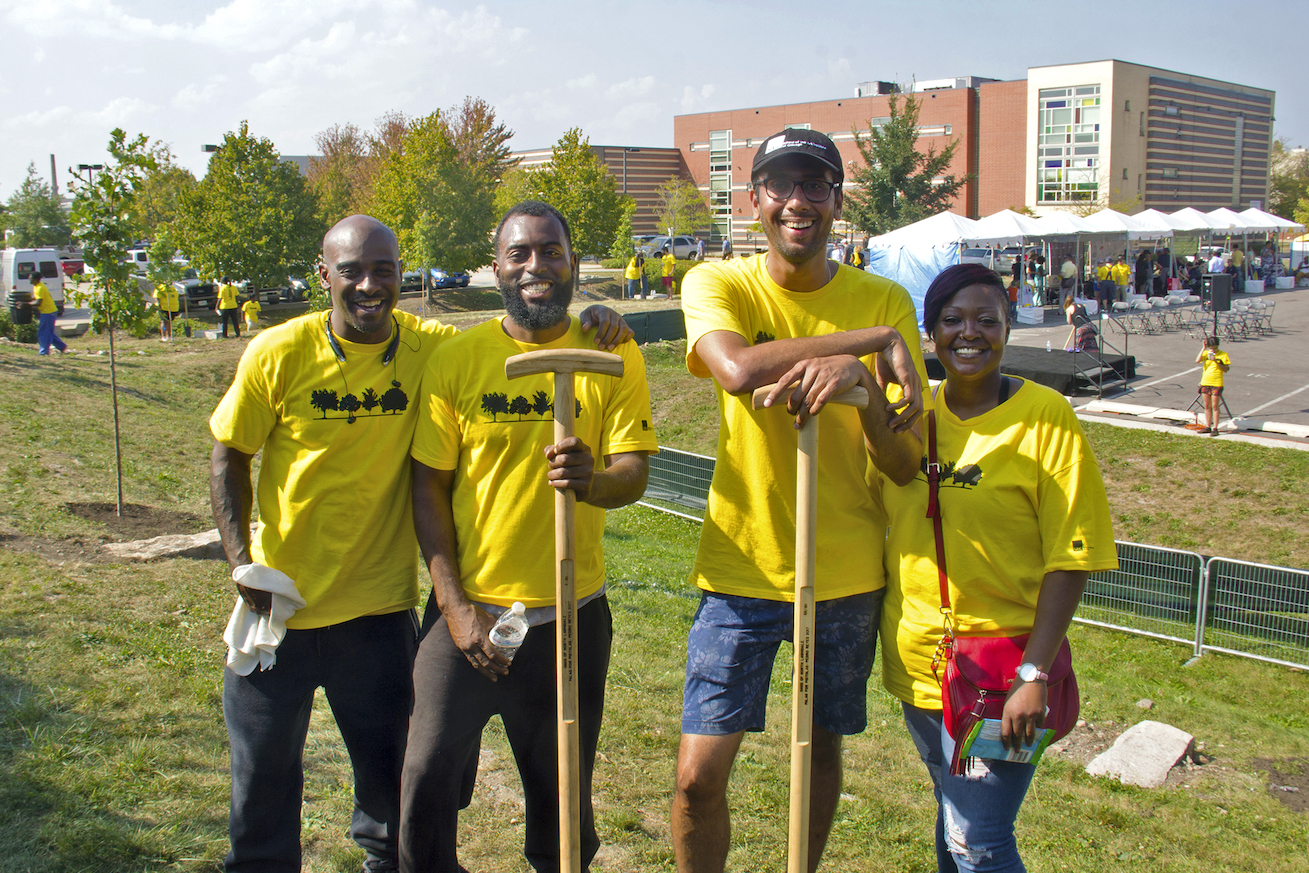
Marcela Torres is a fighter — literally and figuratively. As a performance artist, she works with the body in times of violence and extreme physical stress in order to create space for healing. Otherwise, she can be found working at the Museum of Contemporary Art Chicago (MCA) and Gallery 400. Torres has crossed artistic boundaries and broken societal molds in order to emerge into the person she is today. She is also — you guessed it — a graduate of the School of the Art Institute of Chicago (SAIC).
F Newsmagazine: Who are you?
Marcela Torres. I am an artist, educator, and programmer. I was born and lived the first 28 years of my life in Salt Lake City, Utah; there, I was raised in the Latter Day Saints faith in a Spanish-speaking community. I no longer practice the LDS faith, but I think it’s an integral part of how I understand my abilities to problem-solve, build self-confidence, and understand love languages. I identify with the Western U.S and feel very much like a mountain and desert person.
I currently hold positions at the Museum of Contemporary Art Chicago as an Artist Guide, Chicago Artists Partnership in Education as a Teaching Artist, and at Gallery 400 at the University of Illinois at Chicago (UIC) — I am their Community Engagement and Public Programs Manager.
What do you do?
Marcela Torres: As of late, I’ve been calling myself a “social strategist” as an umbrella term to describe how I put action out into the world. I largely consider how theory and practice can operate to reconfigure social structures that better daily living conditions for those under stress. These models are then experienced through my art-based projects, teaching, and work as an organizer. As an example, I use tools from teaching youth to make complex ideas manageable within my performances and visual work, providing accessibility and non-hierarchical legibility.
The work I’ve made in the last few years focused on locating personal strength through self-confidence and emotional resilience specifically for the bodies of people of color in America. I wanted to inspect violence and fighting as a control, and I began to train in Muay Thai, boxing, and jiu-jitsu. This knowledge base provided me a foundation of technique, audience, and objects in which to create metaphors for racial dynamics, personal narratives, pain, and healing.
I’ve created performance art works such as “No Contest,” “Favored to Win,” and “Theater of the Unexpected.” I’ve also created self-defense workshops that use training to locate personal methods of understanding anxiety or insecurity and mitigating it.
What did you study at the School of the Art Institute of Chicago (SAIC) and when did you graduate? What was your experience like, overall?
MC: At SAIC, I received my MFA in Performance and I graduated in 2017. In attending SAIC, I wanted to be part of an ambitious group of artists who were making fun projects and were confident enough to be supportive of one another. I tried to be really open to vulnerability and learn to not only be a good artist, but a good communicator. Things were definitely hard, but I think I learned so much and had a very solid experience where I gained a community of curators, performers, makers, thinkers, and general cuties that fulfill me.
What has your post-graduation experience been like?
MC: The first six months after I graduated were difficult. I knew what I wanted, which was to join a great institution as a programmer or educator and have an extensive artist career that let me travel and experiment. Yet making that possible was really difficult; I questioned my abilities and self worth. When things started to actually happen, I became excited and it boosted me into turbo speed, reminding me of who I am and what my strengths are. Now that I’m almost an entire year out of school, I’ve reached a good place. I have enough agency and time to pursue work thoughtfully.
What informs your practice?
MC: In the past, I was on a mission to find self-value. Working out and fighting taught me what I was capable of. My work was fueled by my wanting to love myself and teaching others how to do it for themselves. Now locating what informs my practice is a harder question to answer. If I had to compile a list, I’d include emotional patterns present socially such as tantrums and fragility, soap, sewing leather, being in Latin America; historical wars and the mindsets they spurred.
I also really love Instagram and I like to watch how people’s relationships are present online. Like when people post a ton and then delete everything.
What or who are your influences?
Rafa Esparza, Maria Gaspar, Howardena Pindell; I just met Cat Mahari and … wow.
How did SAIC affect you as a person, if it did at all? How did it affect your work?
SAIC was sort of like being in an art factory. So many “special” people all in one place, and it was difficult to ground myself. It taught me to trust myself and have strong skin.
My work completely transformed. I began to integrate all of my interest into my practice: weight lifting, zine-making, wrestling, social practice. My advisor in the final semester, Latoya Ruby Frazier, encouraged me to go big if I felt like I needed to. For my thesis, I made an entire conference that included two workshops, performance, sculpture, a publication, and a youth dance piece, and I curated four other people. Her confidence in me transformed a wannabe into a doer.
How has your work changed over the years?
Initially, my work was sculpture-based, then it transformed to performance in order to speak towards my actual racialized body. From there, it completely widend to be more about an organizational effort. I don’t think of myself as based in one style or medium — I use and make with any and every medium and style. FREE FOR ALL.
Are you doing what you thought you would when you started at SAIC?
Yes, actually. There’s a lot more work, but my day-to-day is involved with the concerns and actions I want to be involved in.
What would you say is the hardest lesson you’ve had to learn that SAIC
didn’t teach you?
You don’t get everything you want.
Words of wisdom?
Long-term game plan.







